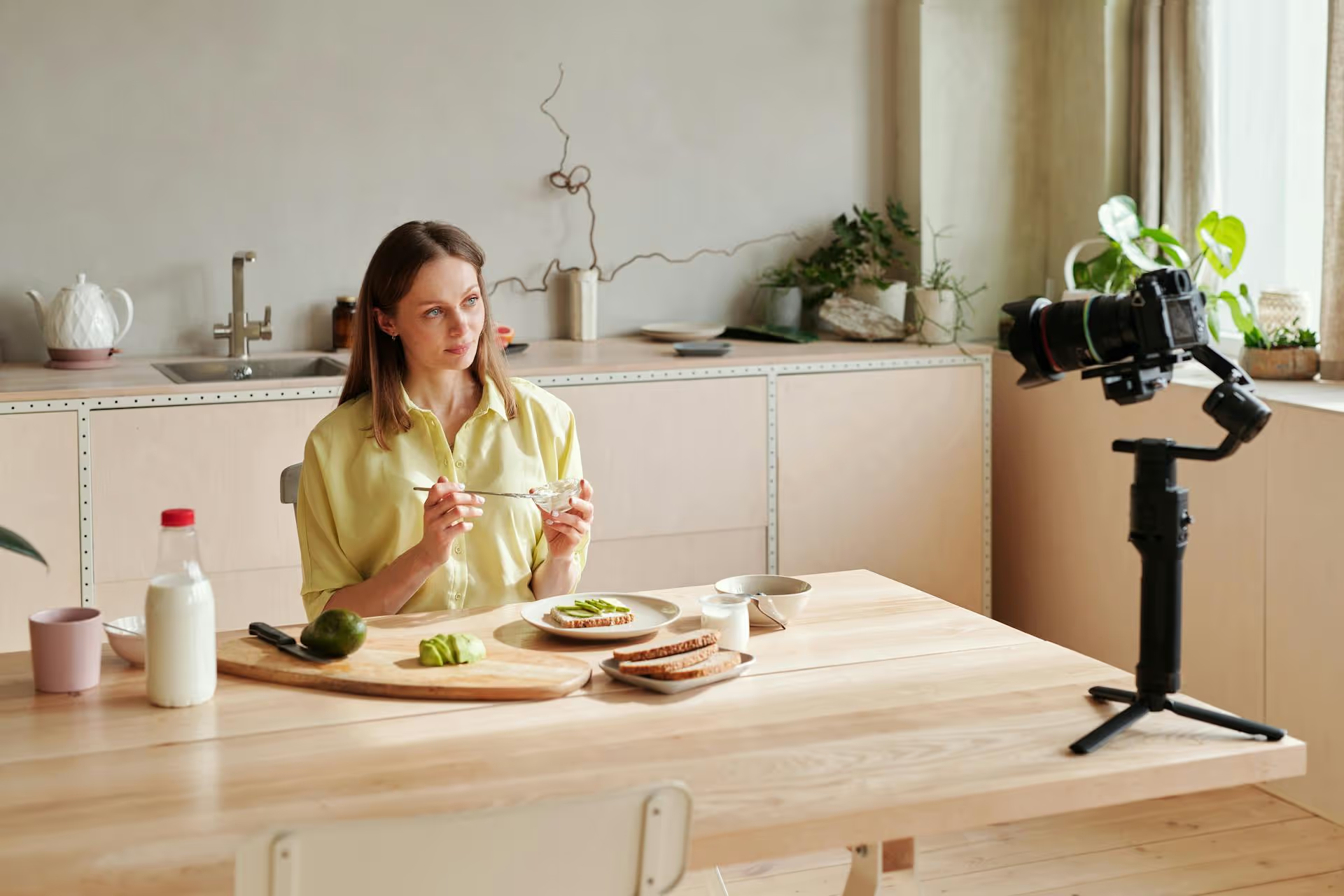How to Add Social Media Icons to an Email Signature
Enhance your email signature by adding social media icons. Discover step-by-step instructions to turn every email into a powerful marketing tool.

Creating a beautiful design is just the first step, making it look great on every single social media platform is a whole other challenge. This article breaks down exactly how to resize your designs for Instagram, TikTok, Facebook, and more without spending hours manually rebuilding each graphic from scratch. We’ll cover the best tools, the quickest methods, and the pro tips for keeping your brand looking sharp everywhere.
You can’t just post the same exact image file everywhere and expect it to work. An image that looks perfect in an Instagram square post will get awkwardly cropped into a vertical Story. A wide banner designed for your Facebook cover will become a pixelated, unreadable mess in a vertical TikTok video. Each platform has its own optimal dimensions, and ignoring them communicates one thing to your audience: you’re not paying attention.
When images are cropped incorrectly, key information gets cut off, your logo might disappear, and the overall look feels unprofessional. Clicks, engagement, and follows are all influenced by presentation. Taking the little bit of extra time to resize properly shows you care about the audience's experience on that specific platform, building brand consistency and trust.
Before you can resize anything, you need to know your target dimensions. Bookmarking this list will save you a ton of time down the road. Resolutions are listed as Width x Height in pixels.
If you're a designer comfortable with tools like Adobe Photoshop or Illustrator, you might be tempted to do things the old-fashioned way. This gives you complete creative control, but it's also incredibly time-consuming.
While precise, this method quickly becomes a drain on your time and energy. It's difficult to maintain brand consistency when recreating layouts over and over, and the opportunity for human error is high.
Thankfully, there’s a much faster way. Modern web-based design tools like Canva, Adobe Express, and Figma have built-in features specifically designed to solve this exact problem. These "smart resize" functions are game-changers for any social media manager or content creator.
Here’s how an automated resizing process typically works, using Canva's "Magic Switch" feature as an example:
Instead of rebuilding each graphic from the ground up, you let technology handle the heavy lifting and you just take care of the finishing touches. This approach can turn 30 minutes of resizing work into just five.
Video resizing comes with its own considerations, especially with the dominance of vertical formats like Instagram Reels, YouTube Shorts, and TikTok. Virtually all modern video editing software, from desktop apps like Adobe Premiere Pro to mobile apps like CapCut, have sequence settings or export presets ready-to-go for these platforms (typically 1080x1920p).
The most important thing to remember when resizing video is the user interface. On platforms like TikTok and Instagram, your caption, the platform's buttons (like, comment, share), and your profile info all overlay on top of your video at the bottom and sides.
If you place an important piece of text or a key part of the visual action in these areas, it will be covered up. Always format your video with a "safe zone" in mind - a central-ish area where you know nothing will be obstructed. Many creators will edit a 1:1 square video and place it in the center of a 9:16 vertical canvas, using the top and bottom space for titles or blank space, to be sure their main footage is always visible.
Whether you're using manual or automated methods, you can speed up your workflow even further by following a few simple best practices.
Resizing your social media graphics doesn't have to be a workflow bottleneck. While the manual method offers total control, leveraging smart resizing tools and creating a repeatable system based on templates is the fastest way to maintain quality and brand consistency across every channel.
Of course, once you’ve created and resized all your fantastic content, the next job is actually getting it posted without drowning in platform switching. That's exactly where we can help. With Postbase, you can upload all your resized assets at once and schedule them across every platform from a single visual calendar. Our platform is built for today's social reality, supporting video formats for Reels and TikTok friction-free, so you can spend less time uploading and more time creating.
Enhance your email signature by adding social media icons. Discover step-by-step instructions to turn every email into a powerful marketing tool.
Learn how to add your Etsy link to Pinterest and drive traffic to your shop. Discover strategies to create converting pins and turn browsers into customers.
Grant access to your Facebook Business Manager securely. Follow our step-by-step guide to add users and assign permissions without sharing your password.
Record clear audio for Instagram Reels with this guide. Learn actionable steps to create professional-sounding audio, using just your phone or upgraded gear.
Add translations to Instagram posts and connect globally. Learn manual techniques and discover Instagram's automatic translation features in this guide.
Optimize your Facebook Business Page for growth and sales with strategic tweaks. Learn to engage your community, create captivating content, and refine strategies.
Wrestling with social media? It doesn’t have to be this hard. Plan your content, schedule posts, respond to comments, and analyze performance — all in one simple, easy-to-use tool.